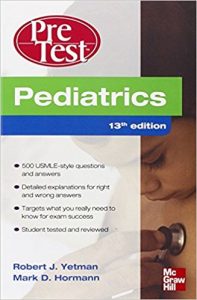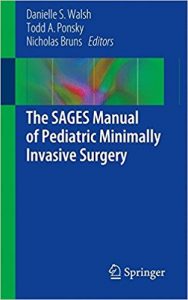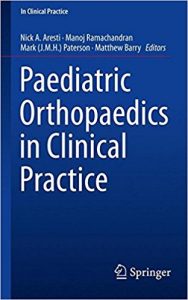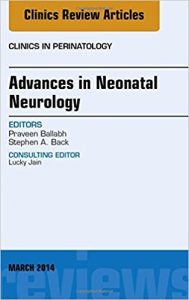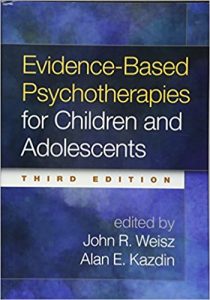
[amazon template=image&asin=0781726980]
“This is an outstanding book and one of the finest example of a modern medical text. A management harmony of clinical and scientific aspects is constantly in evidence….This book is most warmly recommended to every neurologist, epileptologist, and electroencephalo-grapher.”
Epileptic Disorders, Volume 6, Issue 4 — “The ne
EJPN, 01-JAN-04 — “This is a thought provoking book by three experts in the field that will certainly help the practitioner to diagnose and manage epilepsy in children. It should be available close at hand and dipped into often.”–EJPN
Epilepsy & Behavior, Volume 5, Issue 611 — “For this third edition, the editorship has been boosted by two prominent pediatric neurologists and epileptologists. The book covers major types of epileptic seizures in childhood and corresponding epileptic syndromes; the various manifestations of epilepsy relative to age, cause, duration, and precipitation of seizures, and, naturally, aspects on diagnosis, prognosis, and treatment of convulsive disorders in children. This book is extremely comprehensive and encompasses just about every piece of current knowledge strewn about in the vast contemporary literature on childhood epilepsy. It is not literature to browse through, but a gold mine in which to dig and frequently return. The combination of encyclopedic knowledge and clinical bedside approach is attractive. This book, without doubt, will be on the shelves of any professional active in the field of pediatric epilepsy. No doubt.”–Epilepsy & Behavior
Epileptic Disorders, Volume 6, Issue 4 — “The newly updated version of the original text remains undisputedly the single most authoritative treatise on pediatric epilepsy in the literature. The text is logically organized into 25 chapters. All of the chapters have been rewritten and updated. Despite the additional two authors, the text remains refreshingly consistent in its style, making for an easier read and facilitating access to information. Chapter subheadings are logically organized around important core issues in pediatric epilepsy. Each chapter ends with a helpful summary section that crystallizes the salient clinical issues. The text is replete with clinical “pearls” that can be applied directly at the bedside and clinic. The descriptions of seizure semiologies and syndrome features are particularly satisfying and reflect the vast combined clinical experience of the authors. It is worth owning the book for these descriptions alone as they capture the intricate and subtle differences among various seizure types and syndrome presentations. It will undoubtedly become an important resource for pediatric neurologists and epileptologists and is wholeheartedly recommended reading for allied pediatric disciplines involved in the care of pediatric seizure patients.”–Epileptic Disorders
DOWNLOAD THIS BOOK FREE HERE
